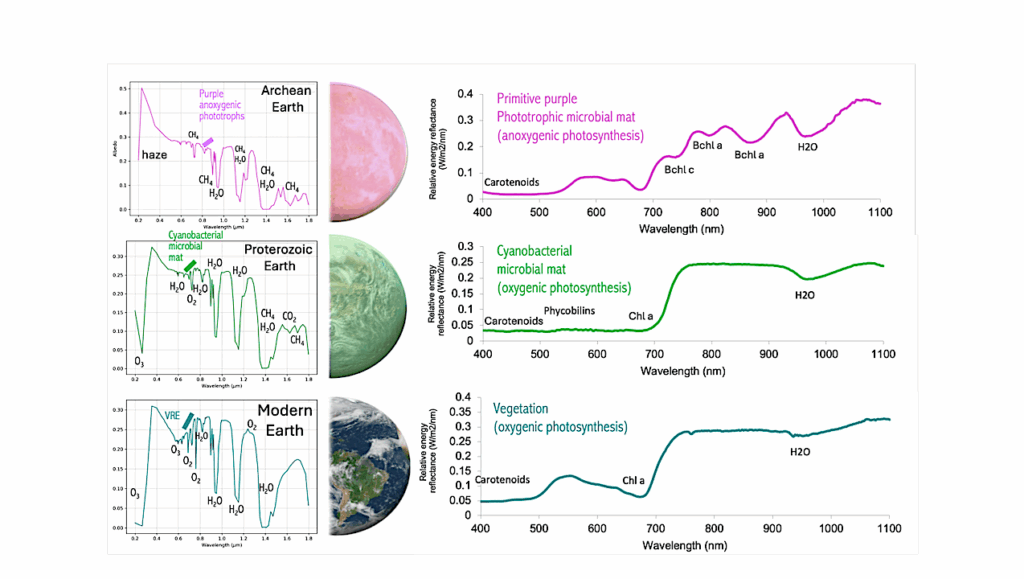Detection of Carbon Monoxide in the Atmosphere of WASP-39b Applying Standard Cross-Correlation Techniques to JWST NIRSpec G395H Data

Carbon monoxide was recently reported in the atmosphere of the hot Jupiter WASP-39b using the NIRSpec PRISM transit observation of this planet, collected as part of the JWST Transiting Exoplanet Community Early Release Science (JTEC ERS) Program.
This detection, however, could not be confidently confirmed in the initial analysis of the higher resolution observations with NIRSpec G395H disperser. Here we confirm the detection of CO in the atmosphere of WASP-39b using the NIRSpec G395H data and cross-correlation techniques. We do this by searching for the CO signal in the unbinned transmission spectrum of the planet between 4.6 and 5.0 μm, where the contribution of CO is expected to be higher than that of other anticipated molecules in the planet’s atmosphere.
Our search results in a detection of CO with a cross-correlation function (CCF) significance of 6.6σ when using a template with only 12C16O lines. The CCF significance of the CO signal increases to 7.5σ when including in the template lines from additional CO isotopologues, with the largest contribution being from 13C16O. Our results highlight how cross-correlation techniques can be a powerful tool for unveiling the chemical composition of exoplanetary atmospheres from medium-resolution transmission spectra, including the detection of isotopologues.
Emma Esparza-Borges, Mercedes López-Morales, Jéa I. Adams Redai, Enric Pallé, James Kirk, Núria Casasayas-Barris, Natasha E. Batalha, Benjamin V. Rackham, Jacob L. Bean, S.L. Casewell, Leen Decin, Leonardo A. Dos Santos, Antonio García Muñoz, Joseph Harrington, Kevin Heng, Renyu Hu, Luigi Mancini, Karan Molaverdikhani, Giuseppe Morello, Nikolay K. Nikolov, Matthew C. Nixon, Seth Redfield, Kevin B. Stevenson, Hannah R. Wakeford, Munazza K. Alam, Björn Benneke, Jasmina Blecic, Nicolas Crouzet, Tansu Daylan, Julie Inglis, Laura Kreidberg, Dominique J.M. Petit dit de la Roche, Jake D. Turner
Comments: Accepted for publication in The Astrophysical Journal Letters
Subjects: Earth and Planetary Astrophysics (astro-ph.EP); Instrumentation and Methods for Astrophysics (astro-ph.IM)
Cite as: arXiv:2309.00036 [astro-ph.EP] (or arXiv:2309.00036v1 [astro-ph.EP] for this version)
https://doi.org/10.48550/arXiv.2309.00036
Focus to learn more
Submission history
From: Emma Esparza-Borges
[v1] Thu, 31 Aug 2023 18:00:00 UTC (6,549 KB)
https://arxiv.org/abs/2309.00036
Astrobiology, Astrochemistry








